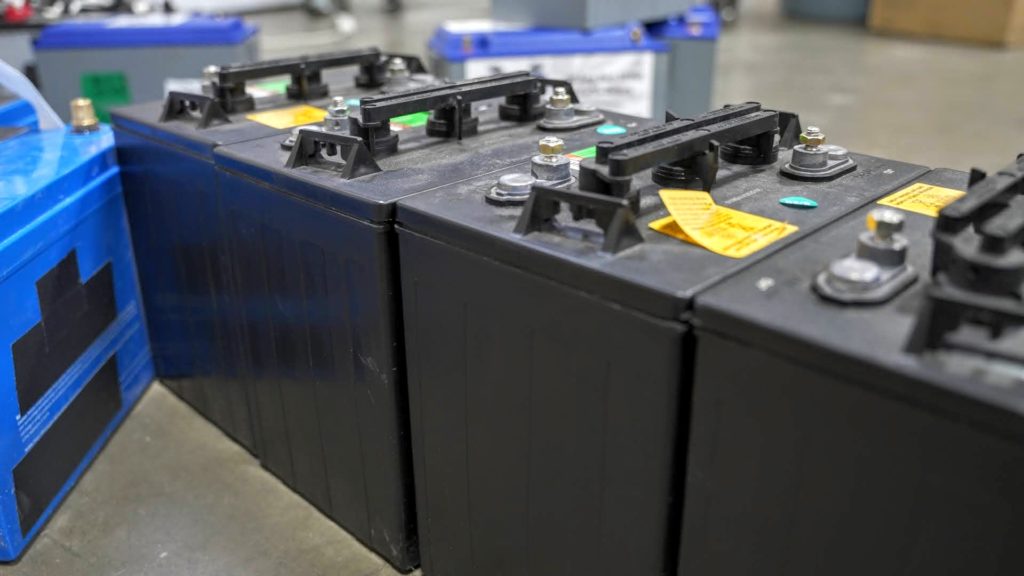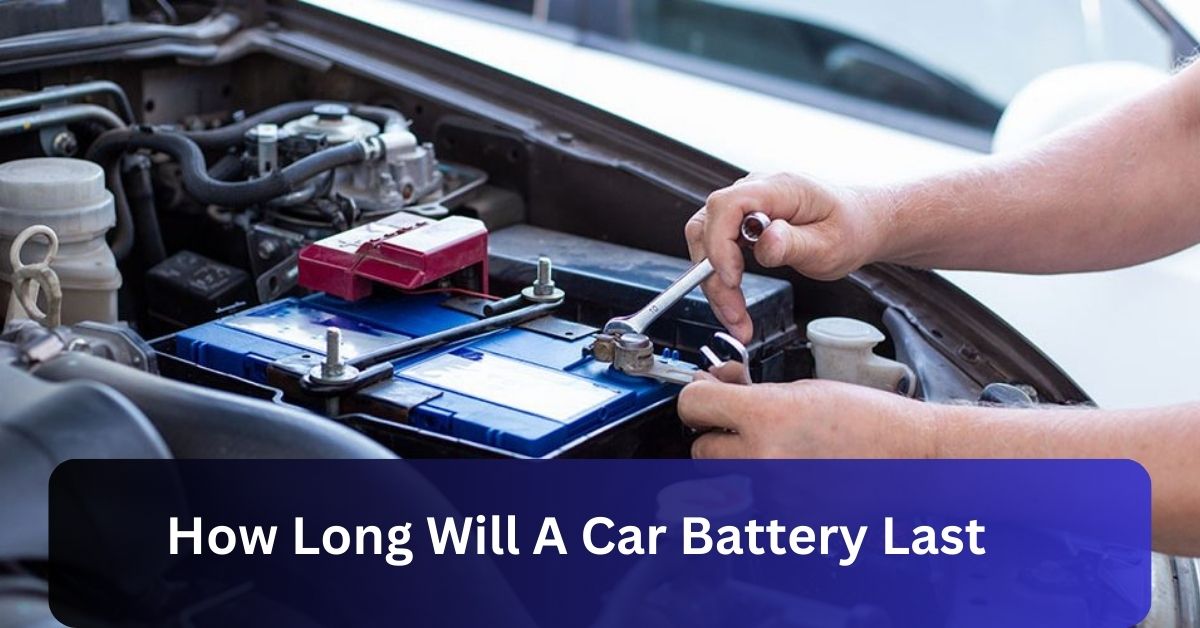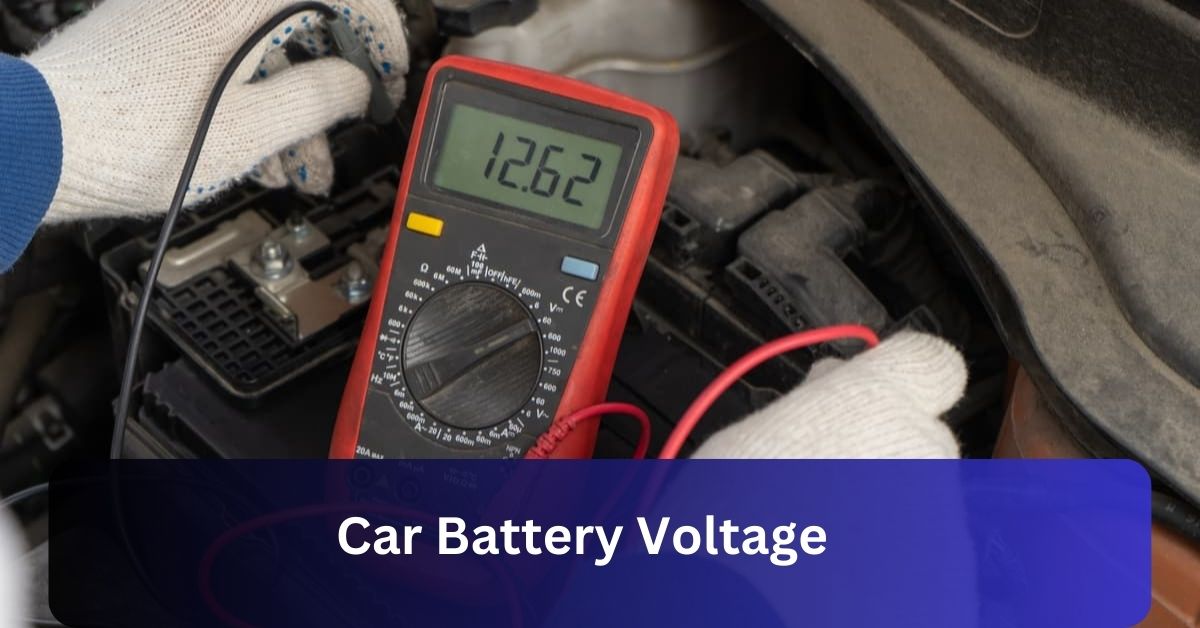Car batteries typically range from 550 to 1000 ampere-hours (Ah), An average car battery holds about 48 amphours of power. Cold-cranking amps (CCA) between 400 and 800 amps ensure sufficient power to start your vehicle in various conditions.
Let’s explore the different ratings for car batteries and what they mean in simple terms.
Car Battery Specifications:
The requirements of a Car battery include key ratings like ampere-hours (Ah), which range from 40 to 100 Ah, showing how much power the battery can store.

Cold Cranking Amps (CCA), usually between 400 and 800 amps, indicate the battery’s ability to start your car in cold weather.
Additionally, Reserve Capacity (RC) measures how long the battery can run essential systems if the engine is off.
What Is The Cold-Cranking Amp?
Cold-cranking amps (CCA) assess a battery’s capability to start an engine in cold temperatures.
CCA shows the amount of amps a battery can deliver in 30 seconds at 0°F without first dropping below 7.2 volts. Higher CCA ratings indicate better cold-start performance, particularly useful in colder regions.
Types Of Car Battery Amp Ratings
Cold Cranking Amps (CCA):
Car battery rating shows how well the battery starts the engine in cold weather. It tells how many amps the battery can provide for 30 seconds at 0°F (-18°C). Higher CCA ratings mean better performance in cold conditions.
Reserve Capacity (RC):
Reserve Capacity (RC) tells how long a car battery can supply 25 amps at 80°F until it drops to 10.5 volts, usually between 50-120 minutes.
This rating is crucial if the alternator fails, as a higher RC allows the car to run longer on battery power alone, keeping essential systems running.
Ampere-hours (Ah):
This rating shows the total battery capacity and indicates how long it can last before recharging. Ampere-hours (Ah) measure how much energy a car battery can store.
For example, a 60 Ah battery can provide 3 amps for 20 hours. A higher Ah rating means the battery can power devices longer.
Read Also: Can Lithium Batteries Be Recycled – Complete Guide – 2024
How Many Amps For Car Battery Charger?

Trickle Chargers:
They usually provide 1 to 2 amps, slowly charging a car battery over time. This low amp charge is gentle and helps maintain the battery without overcharging.
It’s ideal for keeping your battery topped up when the car isn’t used for a while, extending battery life.
Standard Chargers:
A standard car battery charger typically delivers 10 to 20 amps, charging the battery faster than a trickle charger. It’s useful when recharging a dead or low battery quickly.
Standard chargers are designed for regular use, providing a safe and efficient way to get your car battery back to full power.
Rapid Chargers:
Rapid chargers deliver 30 amps or more, quickly charging a car battery. They’re used when you need to boost a dead battery in a short time.
However, because of the high power, they should be used carefully to avoid damaging the battery. Rapid chargers are great for emergencies.
Jump Starters:
A powerful burst of electricity, usually 400 to 1000 amps, quickly starts a dead car battery. They’re portable and handy in emergencies when your car won’t start.
Unlike chargers, jump starters give just enough power to start the engine, and then the alternator takes over to recharge the battery.
What Is The Ampere Rating Of A Car Battery?
The ampere rating of a car battery indicates how much current it can deliver. Most car batteries have a 400-800 amps rating, which helps start the engine.
Higher ratings mean more power for cold starts and handling additional electrical systems like lights, audio, and heating in the car.
Types of Car Battery Cables
Battery Cables:
Battery cables are thick wires that link your car’s battery to the starter and electrical system. They carry power to help start the engine and run the car’s electrical parts.
They carry the power needed to start the engine and run electrical components.
Jumper Cables:
Cables are heavy-duty cables with clamps on both ends, that jump-start a car with a dead battery. They connect your battery to another vehicle’s, allowing a power boost to start your engine.
Terminal Cables:
Terminal cables are smaller wires that connect your car battery terminals to the vehicle’s electrical system. They ensure electricity flows from the battery to the engine and other components, ensuring your car runs smoothly.
Welding Cables:
Heavy-duty wires are used for welding equipment, not regular car battery connections. They handle high currents and are designed for high-temperature and tough conditions. They are thicker and more durable than typical battery cables.
Solar Panel Cables:
Solar panel cables connect solar panels to the battery or inverter. They carry electricity from the solar panels to the battery for storage or to convert it into power you can use. These cables are designed to handle outdoor conditions and high voltage.
Read Also: Can Hazard Lights Drain Battery – Complete Details In 2024!
What Is Battery Reserve Capacity?
Battery Reserve Capacity shows how long a battery can supply 25 amps at 80°F before its power drops too low.

For example, if a battery has an RC of 80, it can provide 25 amps for 80 minutes. This helps understand how long it can run your car’s systems if needed.
How To Measure The Ampere Rating Of A Car Battery?
Look at the battery’s label for ampere-hour (Ah) and cold cranking amps For a battery capacity and current capacity ampere rating.
AMP shows how much energy the battery holds, while CCA indicates how well it starts the car in cold weather. For exact readings, you can use a multimeter to measure current directly.
What Drains A Car Battery?
Several factors drain a car battery, including leaving lights on, a malfunctioning alternator, or a short circuit.
Devices like radios or chargers left plugged in when the car is off also use power. Extreme temperatures and an old or worn-out battery can further reduce its charge and efficiency.
How to Calculate Your Car Battery Amps?
- Check the Battery Label: Look for information like “Amp-Hours (Ah)” or “Cold Cranking Amps (CCA)” on the battery label.
- Identify Amp-Hour Rating: If your battery shows Amp-Hours, this indicates how many amps it can deliver over a specific time (usually 20 hours). For example, a 50Ah battery can provide 2.5 amps over 20 hours (50 Ah ÷ 20 = 2.5 amps).
- Use a Multimeter for Actual Amps: To measure real-time amps, use a multimeter with the car running and connect it to the battery terminals. This shows current amps being drawn.
- Refer to Car Manual: Your car manual may list recommended amp ratings for batteries suitable for your vehicle’s needs.
What is the maximum amp draw on a car battery?
The maximum amp of a car battery typically ranges from 400 to 1,000 amps, depending on the battery and vehicle.

This high power is needed to start the engine and power heavy electrical systems. It’s important to use a battery that can handle this draw to ensure reliable performance and avoid damage.
How Many Amps is a Car Battery?
A typical car battery has a capacity of approximately 48 amp-hours, which means it can provide 1 amp for 48 hours or 2 amps for 24 hours. Many car batteries offer between 400 and 800 cold-cranking amps (CCA), which helps start the engine in cold weather.
How many amps are in a 12-volt car battery?
A standard 12-volt car battery typically has around 48 amp-hours, meaning it can deliver 1 amp for 48 hours.
For starting, these batteries usually offer 400 to 800 cold-cranking amps (CCA), providing the power needed to start the engine, especially in colder temperatures.
Are car batteries 2 amp or 6 amp?
Car batteries are not rated as 2 amp or 6 amp. These numbers often refer to the charging speed of a charger, not the battery’s capacity.

Car batteries typically have a capacity of around 48 amp-hours and need 2–10 amps chargers for safe, steady charging.
Frequently Asked Questions:
1. What is the typical ampere rating of a standard car battery?
A standard car battery typically has an ampere rating between 400 and 800 cold-cranking amps. This rating shows how well the battery can start the engine in cold weather and how much power it can provide.
2. How do cold cranking amps (CCA) differ from regular amps in car batteries?
CCA measures a battery’s power to start an engine in cold weather, while regular amps indicate the total current it can supply over time. A cold cranking amp is crucial for reliable starting in low temperatures.
3. Can I use a car battery with higher or lower amps than recommended?
A car battery with higher or lower amps can affect performance and safety. A higher amp rating may be fine, but a lower one might struggle to start the engine or power electrical systems properly.
4. How do I determine the amp rating I need for my car battery?
For the amp rating for your car battery, check your vehicle’s manual for recommendations. A higher cold cranking amps rating is needed for cold weather, while ampere-hours show overall capacity.
Conclusion:
In conclusion, regularly check your battery’s ampere-hour rating for capacity and lifespan. Consider cold cranking amps and reserve capacity, even if not listed.
Address factors that shorten battery life to avoid costly replacements and maintain reliable performance.





